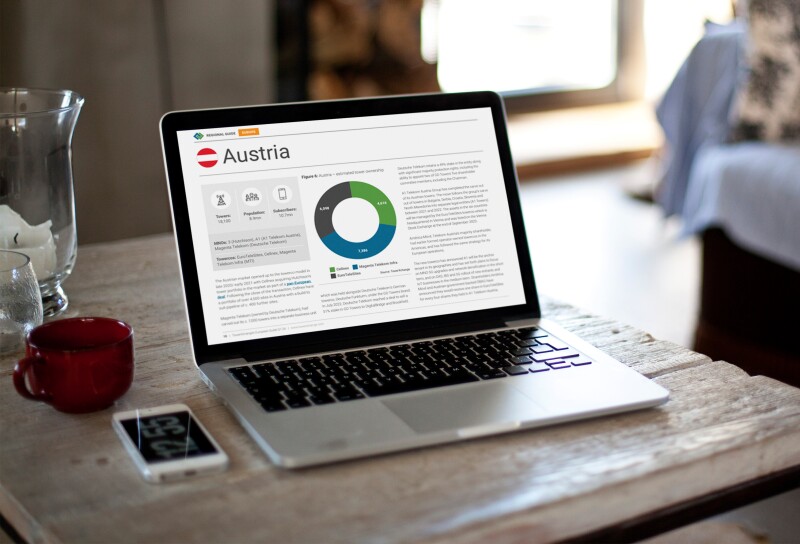The dream of consolidating Europe’s towers has been clear since Cellnex started its expansion spree in 2014, and was a major topic discussed at in this year’s TowerXchange Meetup Europe Post-Event Report. Since interest rates began to rise in 2022 transactions have slowed down around the world, but the ambition to build a towerco of the scale of those seen in the US lives on – most recently seen at Deutsche Telekom’s capital market day on October 11 where Thorsten Langheim shared plans for GD Towers and its Central and Eastern European towers.
Deutsche Telekom’s consolidation ambitions
Deutsche Telekom owns a 49% stake in GD Towers. Thanks to backing from Brookfield and DigitalBridge GD Towers is well positioned in Europe and is on track to reach €1bn in EBITDA soon. The towerco, if it were to go public as other towercos is likely to be valued highly enough to sit on the DAX40 index of Germany’s largest public companies, but ambitions are higher.
Signalling an openness to dealmaking, Langheim suggested that GD Towers and Deutsche Telekom “should have a stake in a company that is the leading towerco in Europe” but that the holding company did not need “a majority, but we want to have a significant stake and a significant say” in any future towerco.
Citing the USA, Langheim argued that there should be consolidation between Cellnex, Vantage, TOTEM, GD Towers, and by implication part Vantage Towers-owned INWIT. The USA’s three larger towercos are valued at US$178bn whereas 20 European towercos are valued at merely US$37bn.

However, while open to consolidation, Langheim emphasised maintaining a significant stake in any leading towerco to safeguard network leadership in Germany.
Deutsche Telekom’s plans in CEE differ
The company's Eastern European towers, comprising about 12,000 sites and generating €100–€120 mn in EBITDA, are being carved out for future tower consolidation opportunities rather than integrated into GD Towers. Austria’s towers have already been carved out into GD Towers sister company TOWERS Infra Austria, but the carve-out of its Central and Eastern European towers gives it an optionality to sign different link-ups market-to-market.


